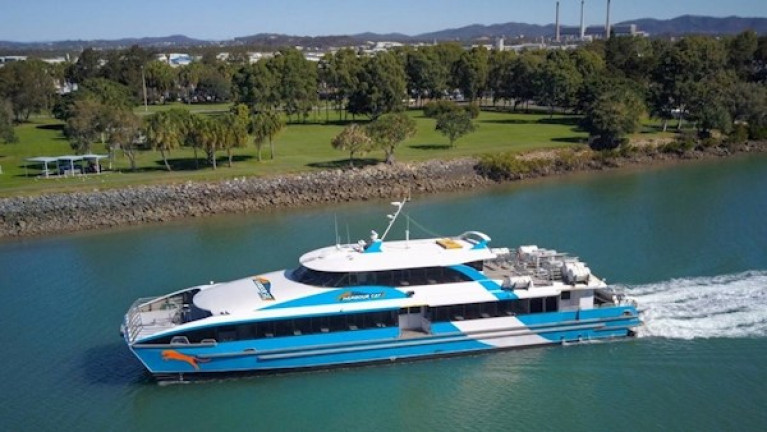Displaying items by tag: Proposed Ferry
A €15m tourist and commuter ferry network plan proposed for Cork Harbour, which will create up to 70 jobs, are to be lodged with local authorities shortly.
A group of private investors, reports the Irish Examiner, are aiming to have the tourist ferry service operational by next year and the commuter service up and running in 2022.
The new service will serve communities all along the harbour shores, including Crosshaven, Aghada, Cobh, Monkstown, Passage West, and on up to Blackrock, the new Docklands, and onto the city quays.
There are even plans to have a docking location at the rear of Páirc Uí Chaoimh, to bring passengers to and from sporting and concert events.
Adian Coffey, who leads the investors, Harbour Cat Ferries, said they intend to build pontoons in those areas to serve passengers and to purchase four 35m-long Catamarans, Enviro-Cat 35s, which will bring people around the harbour.
He said it was their intention to purchase two for the tourist business and two to operate the commuter routes.
For more on this ferry development click here.
























































